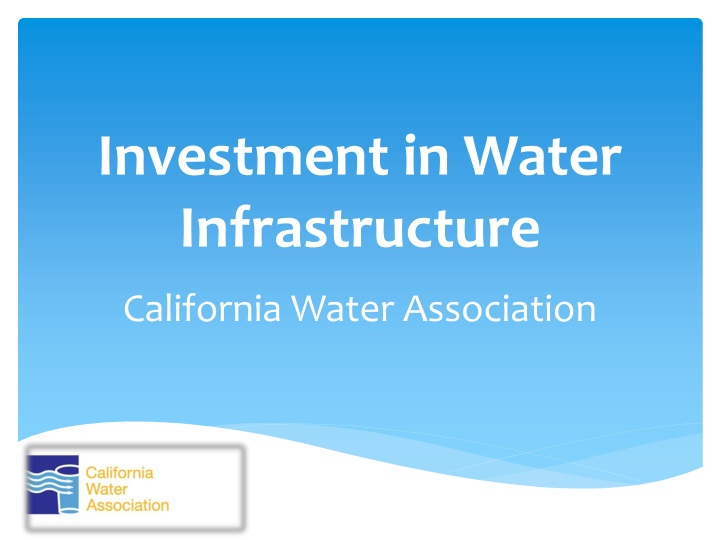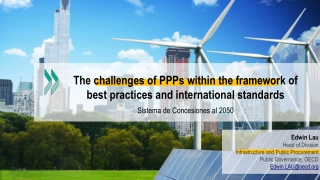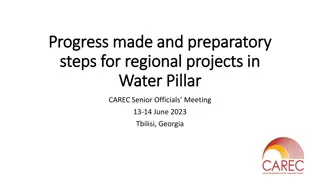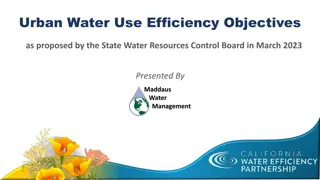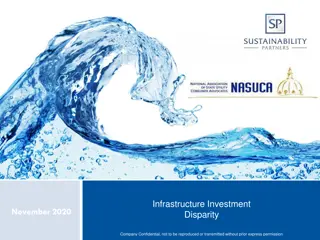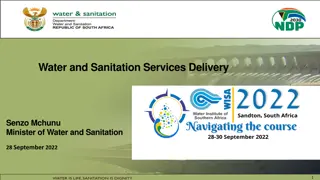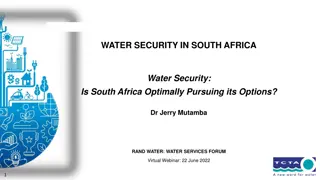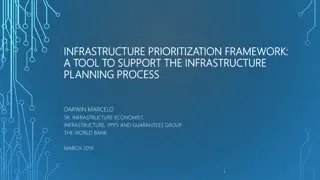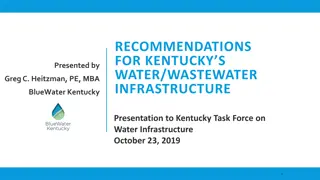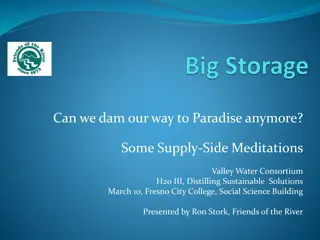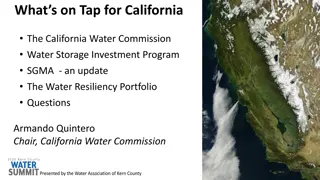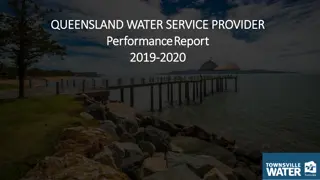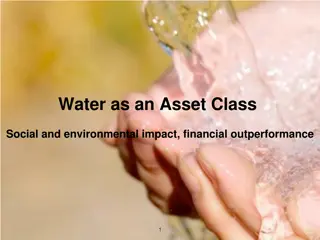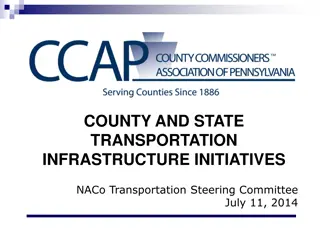Challenges and Solutions in Water Infrastructure Investment
Many of the nation's water and sewer systems need upgrading as they date back to the early 1900s. The deteriorating infrastructure, combined with declining revenues, poses significant challenges. Experts recommend increased partnerships and private-public collaborations to address these issues more effectively and efficiently.
Download Presentation

Please find below an Image/Link to download the presentation.
The content on the website is provided AS IS for your information and personal use only. It may not be sold, licensed, or shared on other websites without obtaining consent from the author.If you encounter any issues during the download, it is possible that the publisher has removed the file from their server.
You are allowed to download the files provided on this website for personal or commercial use, subject to the condition that they are used lawfully. All files are the property of their respective owners.
The content on the website is provided AS IS for your information and personal use only. It may not be sold, licensed, or shared on other websites without obtaining consent from the author.
E N D
Presentation Transcript
Investment in Water Infrastructure California Water Association
Investment in Water Infrastructure Many of the nation s water and sewer systems include infrastructure that dates back to the early 1900s. Even more recent systems that were built with federal funds during the 1970s now need upgrading or replacing. Currently, 85% of water systems are operated by cities and other government entities, most of which are facing declining property tax revenue. The remaining 15% are owned and operated by investor-owned utilities.
Investment in Water Infrastructure In 2010, nearly 87 percent of city finance officers reported declining revenues and that their cities were less able to meet fiscal needs than in previous years. While the nation s infrastructure has been deteriorating, during the last three decades, standards governing drinking water quality have become more stringent. Many water systems require improved technologies and upgraded infrastructure to meet these higher standards.
Investment in Water Infrastructure Key water industry experts are increasingly recommending a revamped role for the national government regarding water infrastructure investments, as well as increased partnerships with the private sector. Such partnerships can assist communities by providing capital needed to upgrade infrastructure.
Investment in Water Infrastructure As an example of a private-public partnership, a town with limited financial and staffing resources can contract its system to a private water utility. The utility can offer greater economies of scale in its services by providing better management, improved technologies, access to capital, emergency response and ultimately a more cost-effective water system.
Investment in Water Infrastructure Numerous surveys indicate that governments traditionally realize cost savings of 20% to 50% when the private sector is involved in providing services. A water system that costs a town $1 million to operate may only cost a water utility $800,000.
